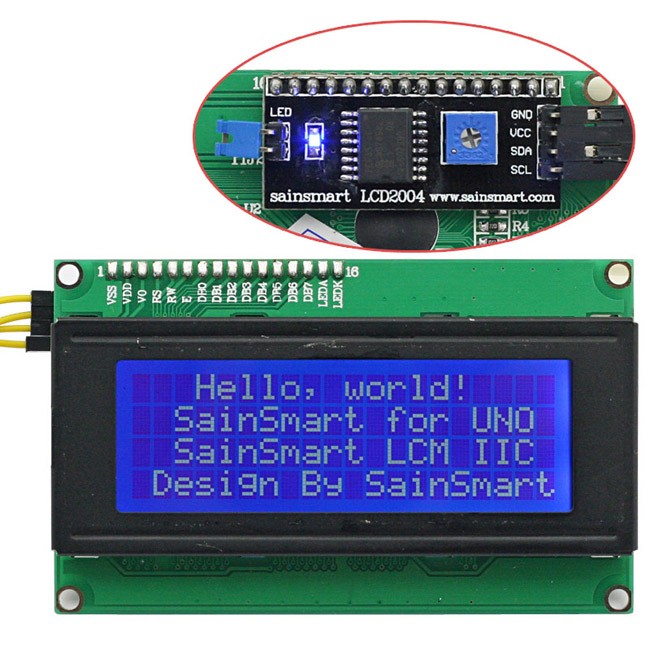Brewski_59
https://www.facebook.com/narcosisbrew/
So, not being able to determine where the short was I decided to try again with new components. During the test I noticed the display scramble when the keezer compressor kicked on. I grabbed a 2.2uf 160 V cap I had and soldered it onto the uno's power jack. That seems to have taken care of the scrambling when the keezer kicks on. Now if it will stay stable I can put it in the box.
Well that didn't take long. Same issue. I'm starting to think my cheapo uno can't handle the load of powering the lcd.
Well that didn't take long. Same issue. I'm starting to think my cheapo uno can't handle the load of powering the lcd.




 I haven't tried it hooked up to the relays and the fridge (with the compressor) yet though. Crossing my fingers on that one.
I haven't tried it hooked up to the relays and the fridge (with the compressor) yet though. Crossing my fingers on that one.

![20160127_191230[1].jpg 20160127_191230[1].jpg](https://cdn.homebrewtalk.com/data/attach/284/284406-20160127-191230-1-.jpg)
![20160127_191208[1].jpg 20160127_191208[1].jpg](https://cdn.homebrewtalk.com/data/attach/284/284407-20160127-191208-1-.jpg)


